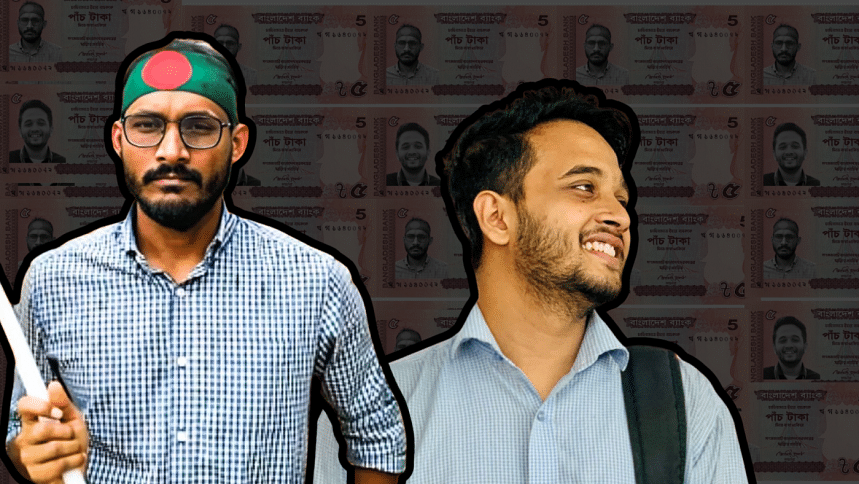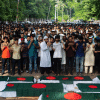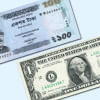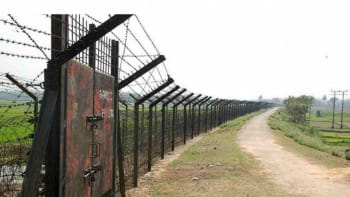The Tk 5 debate: Who deserves a place on our notes?

For decades, Bangladesh's banknotes have offered a curated narrative of the nation, featuring founding fathers, liberation war imagery, and cultural monuments. But the soon-to-be-released Tk 5 note, arriving after Eid-ul-Adha, as per the reports, adds a new chapter to that narrative. This time, the note will carry the likenesses of Abu Sayeed and Mugdha, two faces synonymous with the youth-led protests that rocked the nation in 2024. It's a bold shift, not just in aesthetics, but in what we, as a country, choose to memorialise in ink and currency.
To some, it's an overdue recognition of civic courage. To others, it raises a pressing question: how much of contemporary history should we print on money?
"I think it's a thoughtful and powerful way to honour young people who sacrificed their lives to challenge an increasingly authoritarian system," says Nishat Zaman, a writer and public university lecturer. "I appreciate the intent, but I also hope we don't overdo it. These faces matter, but so do the martyrs of 1952 and 1971. Commemoration should be balanced, not reactive."
That friction between remembering the present and revering the past is exactly what makes this new Tk 5 note more than just legal tender. It's a piece of living memory. And like all memory, it's messy, contested, and deeply political.
Abu Sayeed did not head a political party, but he died during protests, allegedly due to police action, while demanding reforms to a government hiring system that many believed unfairly favoured certain groups. Similarly, Mugdha was one of the youngest participants in the protests, and he became a symbol not just of courage, but of generational frustration.
By placing their likenesses — stylised and not full portraits, as per Bangladesh Bank's statement — on the Tk 5 note, the state is doing something radical. It is institutionalising dissent. It is acknowledging, however cautiously, that civic action from young people matters.
"It's surreal," remarked Samira Rahman, a final-year political science student at Dhaka University. "It's the first time someone who didn't win a war, hold a government office, or die fifty years ago is being printed on our money. And they look like us."
The politics of currency are not new. Every nation curate its memory through the faces and symbols it puts on their currency. In Bangladesh, that memory has been mostly selective, either celebratory or sacred. Sheikh Mujibur Rahman, the Language Movement martyrs, the Shaheed Minar — all emotionally resonant, but chronologically far-removed.
The new design breaks that pattern. It brings in contemporaneity. That's a risk.
Not everyone is happy.
"Currency should be timeless," argues Azharul Islam, currently working at a private bank based in Dhaka. "Introducing figures tied to ongoing debates or unresolved narratives risks making money feel unstable — too reactive."
But others argue that money has always been reactive.
"Why must we wait 40 years to decide someone mattered?" counters Rahman. "In a digital age, memory travels faster than monuments. Our currency should reflect that."
One cannot ignore the timing. The decision to redesign the note comes amid a broader wave of unrest, student activism, and growing scepticism toward institutional credibility. In that light, this new Tk 5 note could be read as a state concession. A way of softening the edges of unresolved grievances. Or perhaps, a strategic embrace — an attempt to redirect youthful energy from the streets to state-sanctioned memory.
And yet — despite all its symbolism — it's still just money. It will be crumpled, exchanged, forgotten in pockets, and lost in laundry cycles. Perhaps that's what makes it powerful. You can't lock it up in a glass museum. It circulates and confronts.
It is worth mentioning that, according to the official statement from Bangladesh Bank, the new Tk 5 note is part of a broader redesign of Bangladesh's currency. The Tk 10 note will depict youth unity and the Baitul Mukarram National Mosque. The Tk 100 will highlight the Sundarbans' spotted deer and tiger, and the Tk 200 will showcase religious diversity with a mosque, temple, church, and pagoda, while the Tk 500 will feature the historic Ahsan Manzil.

 For all latest news, follow The Daily Star's Google News channel.
For all latest news, follow The Daily Star's Google News channel. 








Comments